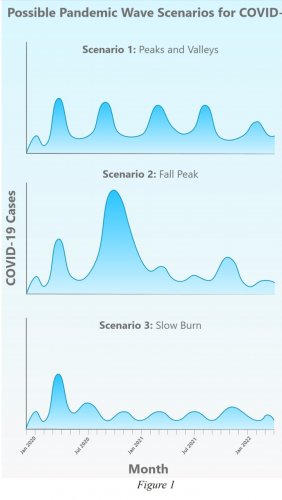- Oct 2, 2017
- 2,283
- 113
I was just thinking that, I don't want to have another thread shut down. I just personally believe these conversations are important for everyone in the sport to make decisions about returning to play ball. No matter whether you are coach, player, parent, director etc.The CDC guidelines are likely based upon being able to control outbreaks should they occur e.g. they are basing safe on when social distancing is no longer necessary which in turn is based upon being able to control potential outbreaks.
Edit: I am hoping this discussion of personal risk is relevant to the board since it relates to how one decides when our kids can play again..





